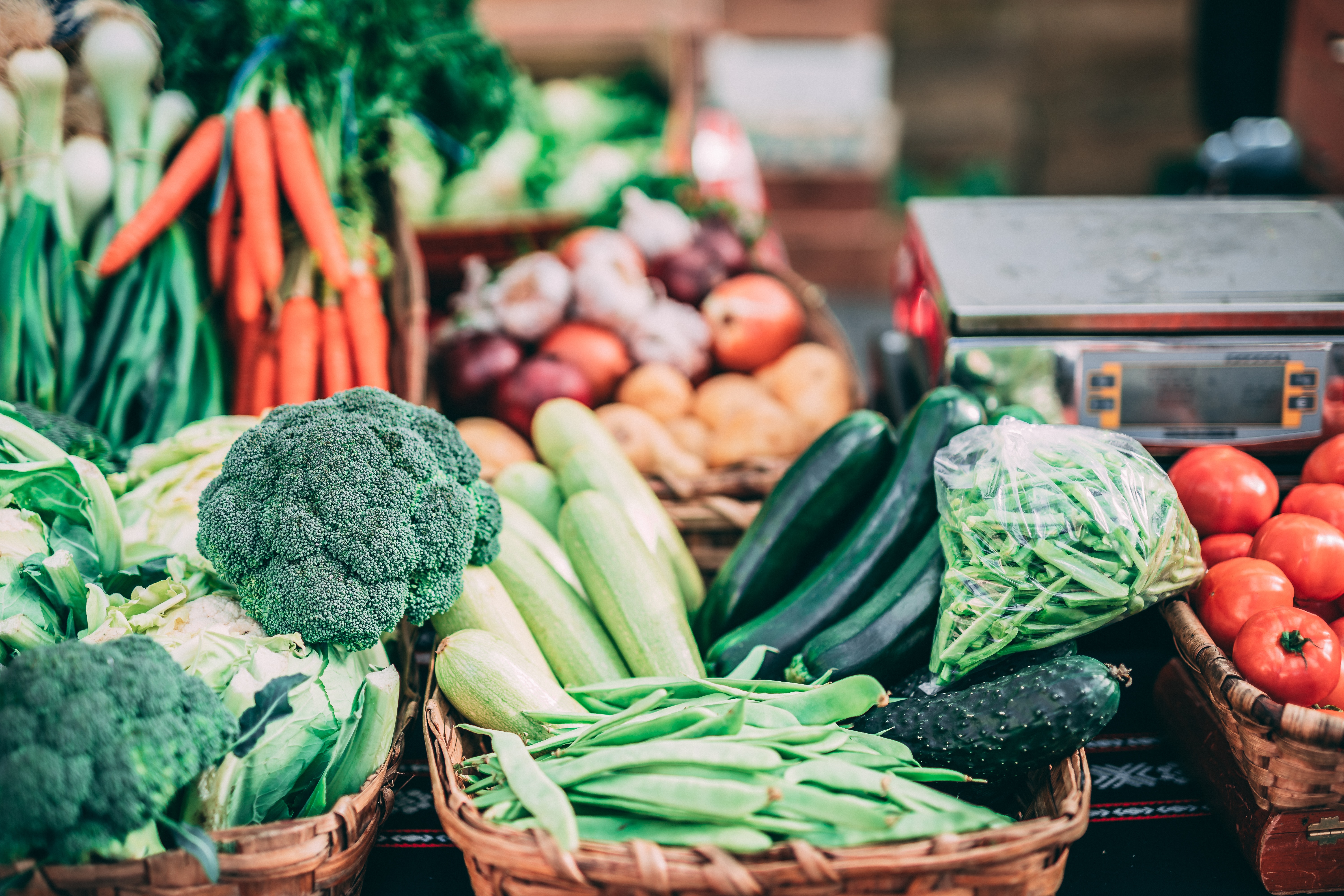
Reduce the Risk of Scoliosis Progression with Healthy Eating
Most doctors agree that a poor diet does not cause scoliosis, but many studies indicate that it does have an influence. No one is sure what causes scoliosis, but science has shown that scoliosis progression and nutritional deficiencies are interconnected. Yet compared to wearing braces and other forms of scoliosis treatment, not enough attention is paid to the importance of maintaining a healthy and nutritional diet. If your child has been diagnosed with scoliosis, there are plenty of foods you can incorporate into their diet to help slow the condition's progression.
What is Scoliosis?
Scoliosis is a genetic, neurohormonal condition in which the spine curves to the left or right. With scoliosis, the brain doesn't realize a body's posture isn't aligned so it fails in sending messages to the muscles instructing them to straighten the spine as they grow. The progression of scoliosis can be enhanced by poor nutrition or certain sports.
What to Eat
Avoiding inflammatory foods is key for someone who has scoliosis. That's because when the digestive system is inflamed, it cannot absorb the minerals necessary for muscle and bone growth. Additionally, inflammation weakens the muscles designed to keep the spine in position. You will want to eliminate inflammatory and oily foods and instead consume fresh fruits, vegetables, and organic meats. Some recommendations include:
- Foods high in calcium to increase bone strength.
- Vitamin D increases bone density and helps the body absorb calcium. Try eating cereal, eggs, and fish for vitamin D.
- Vitamin E promotes muscle strength. Try walnuts, hazelnuts, olive oil, and sunflower seeds to increase vitamin E intake.
What Not to Eat
For someone diagnosed with scoliosis, it is best to stay away from oily, fried foods and limit citrus. You should also stay away from salty goods, alcohol, fizzy beverages, and packaged lunch meats which contain lots of preservatives. It is also recommended to avoid:
- Caffeine
- White flour
- Soy
- Vegetable oil
- Artificial sweeteners
- Sugar and corn syrup
- Low-fat dairy
Unfortunately, the American diet is made up of loads of processed foods and sugar, but you can incorporate these food swaps to make the journey to healthier eating easier.
- Instead of coffee, try decaffeinated, herbal tea.
- Switch out soda or alcohol for water.
- Opt for fruits and vegetables as snacks or sides.
- Trade milk chocolate for small pieces of dark chocolate.
- Use Stevia instead of sugar.
- Choose whole-grain bread instead of white.
Over-the-counter Supplements
Besides eliminating certain foods from your child's diet, you should also consider adding dietary supplements to replace any lost nutrients and fix possible mineral deficiencies. A study published by Wiley InterScience found that many idiopathic scoliosis patients have lower levels of selenium. Tests have also shown that patients can have high levels of a small protein called Osteopontin, which regulates bone growth.
A selenium deficiency may cause high levels of Osteopontin in the body, so taking a selenium supplement is recommended to reduce the progression of scoliosis. In addition to consuming more foods with calcium, vitamin D, and vitamin E, you should also take a supplement with these minerals as well. Other dietary supplements made by softgel manufacturers to consider are collagens, EPA-DHA Complex, and multigenics.
Taking digestive aids and probiotic supplements can help with digestive problems often associated with scoliosis. Taking a probiotic can allow for healthy bacteria in the gut to develop and promote good digestive health. To help determine which minerals your child might be lacking, try neurotransmitter testing. Neurotransmitters send messages from your brain to the rest of your body. Malfunctioning neurotransmitters may be responsible for the development of scoliosis. This method of testing helps identify which nutrients are low in the body.